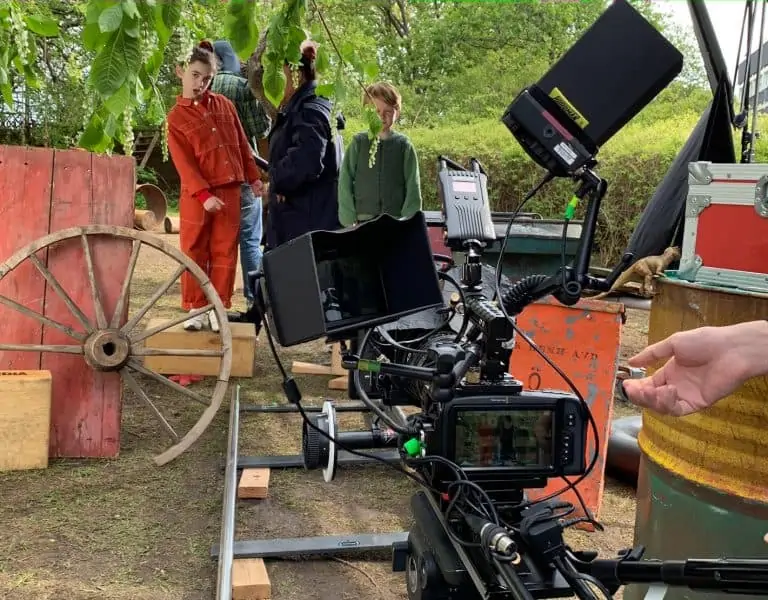Space Suite
Glenn Freemantle / Gravity
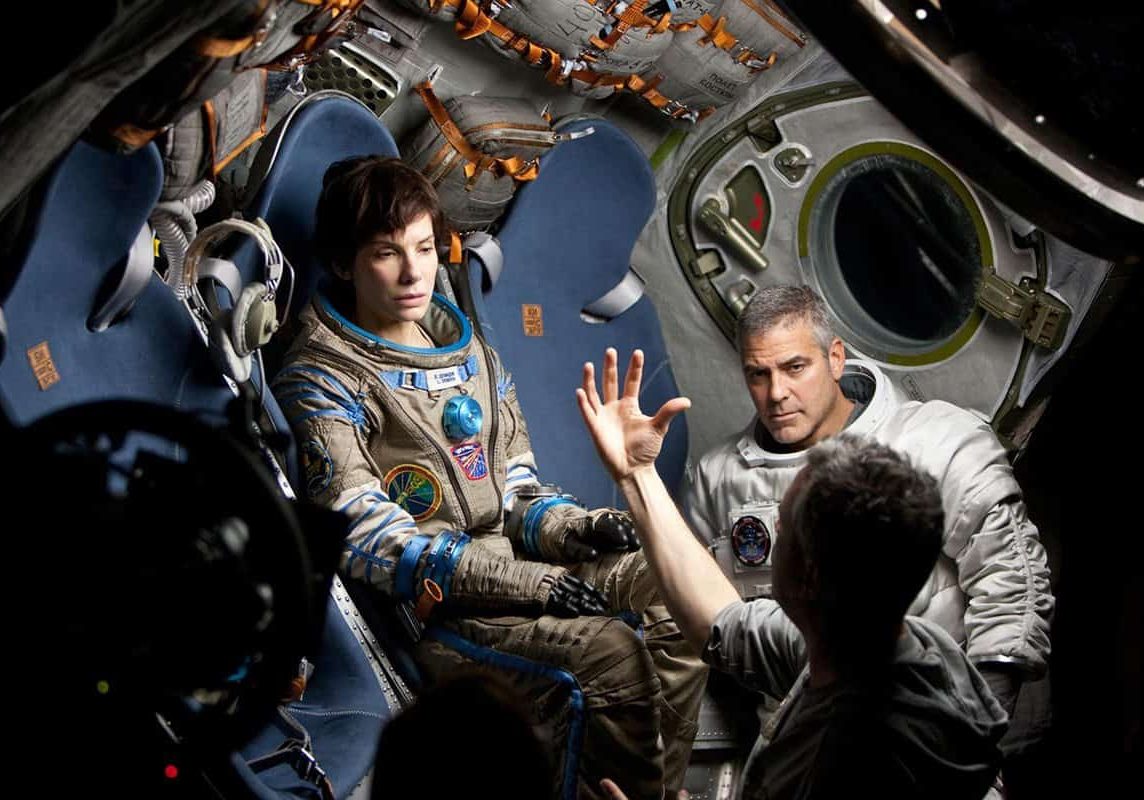
Space Suite
Glenn Freemantle / Gravity
Gravity was the big effects movie of 2013, a thrilling, thoughtful, occasionally sentimental and senses-stretching ride back to earth from the void of space. There was probably no doubt in the mind of director and co-writer Alfonso Cuarón that this had to be a 3D movie, but the sound design and music carry just as much - if not more - of the emotional and narrative drive of the story as Emmanuel Lubezki's cinematography and the stereoscopic imagery.
The audio is fully immersive, both surrounding and moving round the audience as two astronauts drift helplessly in space, trying to avoid debris from an exploded Russian satellite. The 3D, combined with visual effects of the earth below and the stars above, give an optical sense of scale but the sound makes us feel, almost absorb, the fight for survival of the lead character, Dr Ryan Stone (Sandra Bullock).
Gravity was mixed in Dolby Atmos, a spatial surround sound system launched in 2012 on the Pixar animation Brave. The technology uses the concept of object-based audio, rather than individual channels as in the 5.1 and, more recently, 7.1 systems that have been the basis of cinema sound for over 20 years. By processing the audio elements as a series of 'scenes' - background, middle ground and foreground - individual sounds can be placed anywhere in the sound picture.
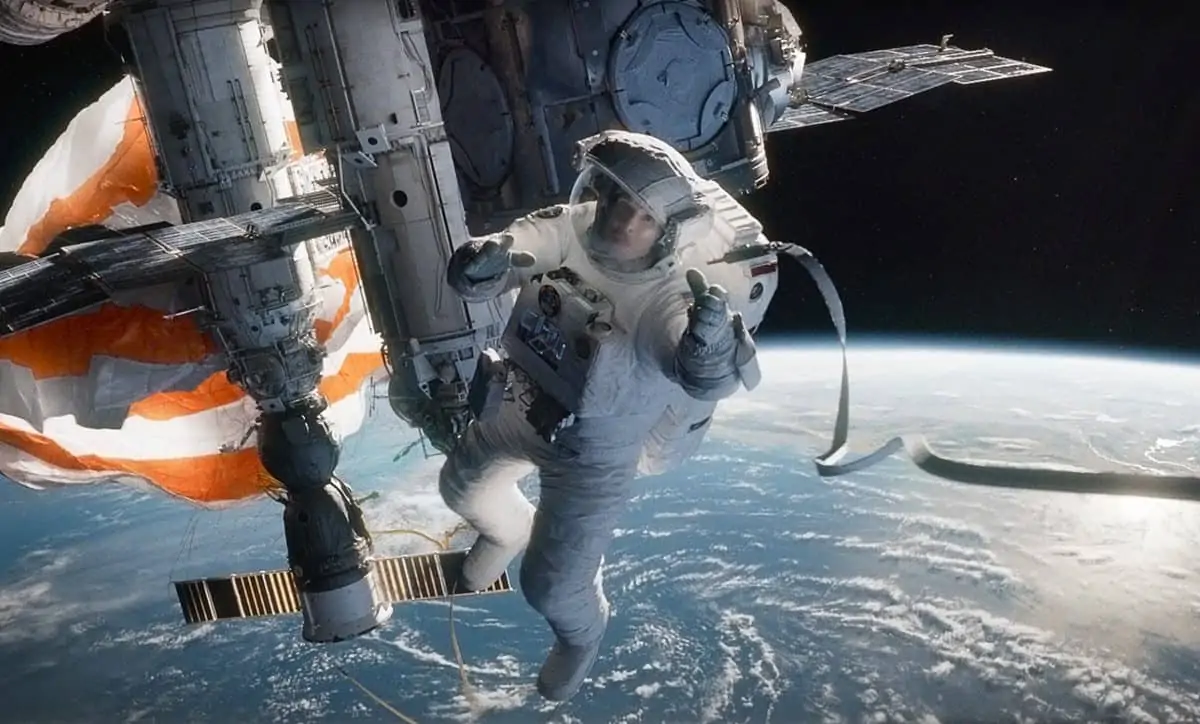
This makes Atmos a fully-immersive experience; loudspeakers are installed in the ceiling of the theatre in addition to the front, side and back walls, so the audience gets a sensation of height to the sound as well as width and length. Glenn Freemantle of Sound24, the supervising sound editor and sound designer on Gravity, had been to talking to Dolby under a non-disclosure agreement about Atmos while it was in development and realised its potential.
"We were doing the final mix on Gravity and it had Dolby Atmos written all over it, "he says. "We were doing a 7.1 mix whatever, but we know that Atmos would be available at some time. Atmos allows us to take the concept of surround that bit further. It is more dynamic when you move things about and are able to make the transition through different areas smoother than previous systems."
Freemantle's credits include some of the most striking sounding films of the last ten to 15 years, including V For Vendetta (2005), The Woman In Black (2012) and the films of director Danny Boyle from 28 Days Later (2002) onwards. Boyle declared sound to be "80 percent of a movie" on the release of his recent Trance (2013), which features Atmos, but was mixed after Gravity despite being released first.
Gravity ups the percentage of sound's role. The stereoscopic impact is there throughout, but long sequences involve close-ups of Sandra Bullock, either in a space suit or the confines of a capsule.
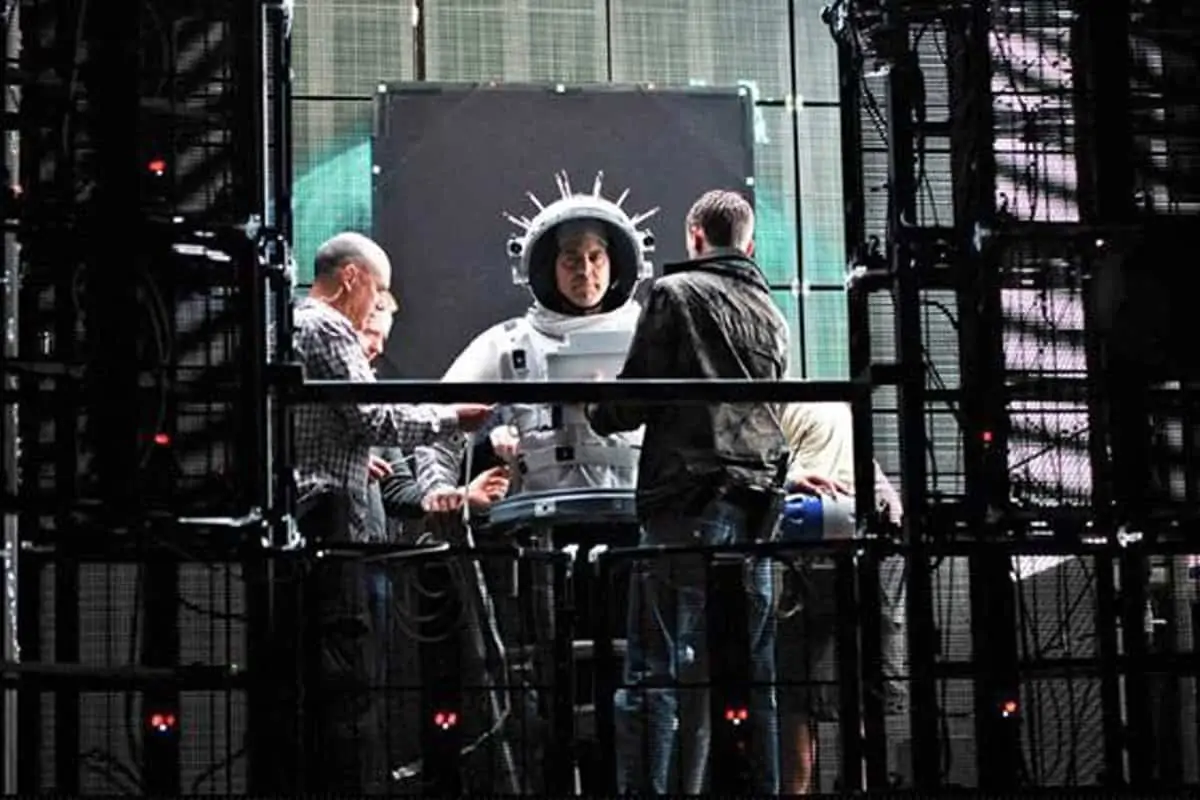
The film is almost a solo performance, with George Clooney's turn as twinkling, veteran mission commander Matt Kowalski, more an extended cameo than a co-starring part. Freemantle says he and Cuarón agreed that the action should be experienced through not just Stone's eyes but her ears as well.
"Everything is from her perspective," Freemantle explains. "At the beginning you get the visual impression of the size of space and a big sound goes with that. Then it's all sucked into Sandra's world. The other voices she hears, as radio signals, are so tiny within the environment. When I met Alfonso in 2010 we talked about how sound for space had been done traditionally and decided that it should be heard as vibrations through the space suit."
When Stone and Kowalski are working on space hardware at the start of the film, contact with the structure sounds muffled, almost as though it were underwater. Freemantle experimented with different recording techniques and a variety of microphones. Working with foley artist Nicolas Becker he submerged guitars in water, recording the noises produced with contact mics and hydrophones.
"We had thousands of different vibration sounds," Freemantle comments, "and got hold of a NASA space suit. We also got four hours of real people who had worked on the space programme talking as they would during a mission. The idea is to create that fine detail so everything sounds realistic."
The final mix featured 500 effects, but not all were running at the same time. Freemantle worked with re-recording mixers Skip Lievsay, Christopher Benstead and Niv Adiri, putting together tracks as they went along. The 5.1 and 7.1 mixes were made at Warner Bros. De Lane Lea in London; the Powell Stage at Pinewood was used for additional mixing, while the Atmos mix was performed at Warner Bros. Burbank.
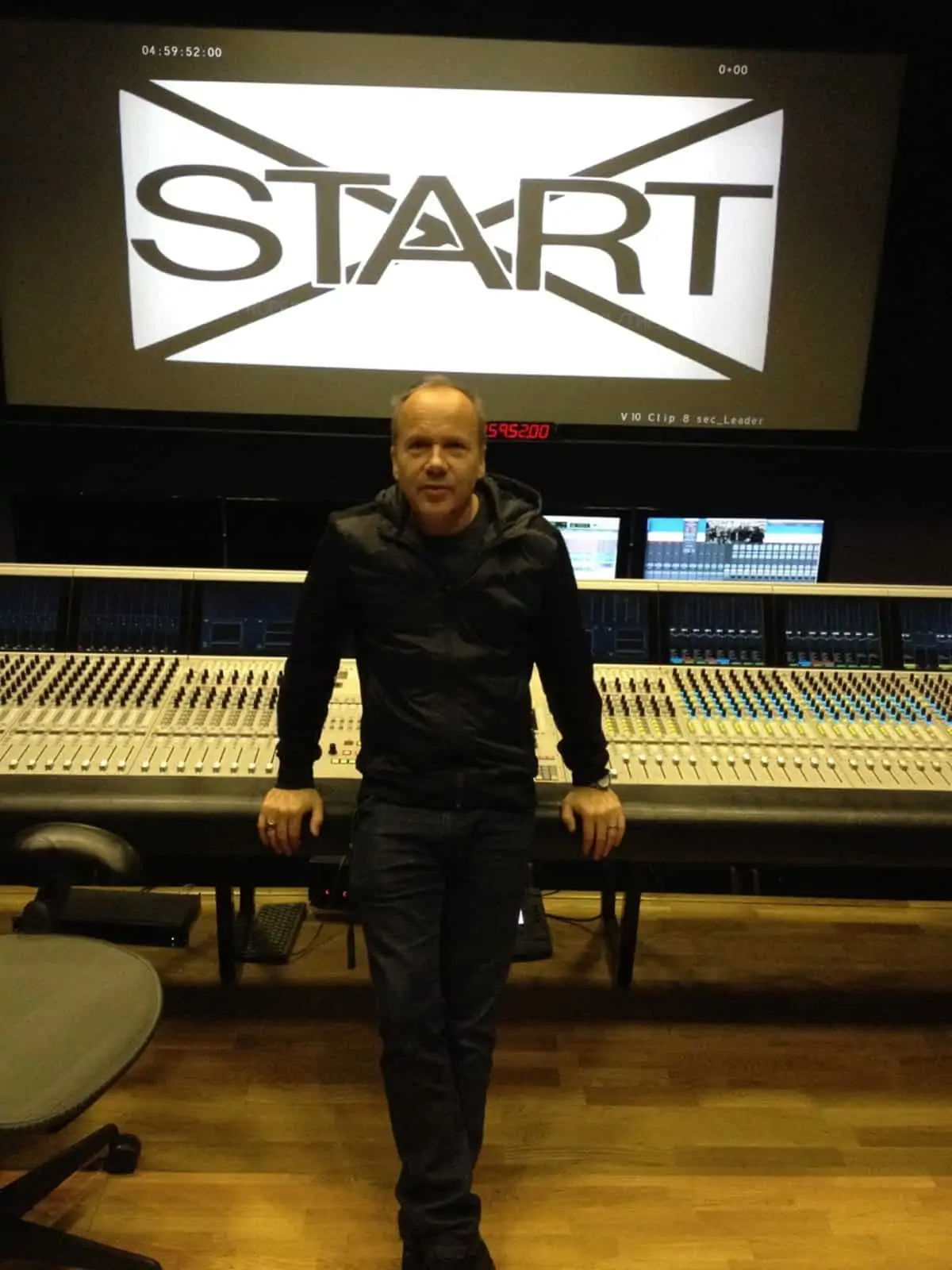
"The audience is feeling things going past from all angles. The whole object was for that to work with the music so they sounded amazing together."
- Glenn Freemantle
Gravity breaks the convention of anchoring the dialogue in the front centre channel; voices, effects and music move all around and are rarely still. Steven Price's score, featuring both orchestral/choral pieces and electronic tracks, also travel through all the loudspeakers. Price and Freemantle were in regular touch during production, exchanging material so each knew what the other was doing.
"The dialogue and atmospheres are moving all the time in the mix and, at the same time, we wanted the music to be a part of that," Freemantle says. "The audience is feeling things going past from all angles. The whole object was for that to work with the music so they sounded amazing together."
An audacious audio set piece comes when Stone is in an escape capsule and Kowalski opens the hatch from outside. As the air in the pod is sucked out silence descends for a disconcertingly long time.
"Sandra is not in a space suit when this happens so we said 'Let's be brave and go for it'," says Freemantle. "It's great that we did. We also use silences and delicate sounds in other sequences to create her sense of solitude."
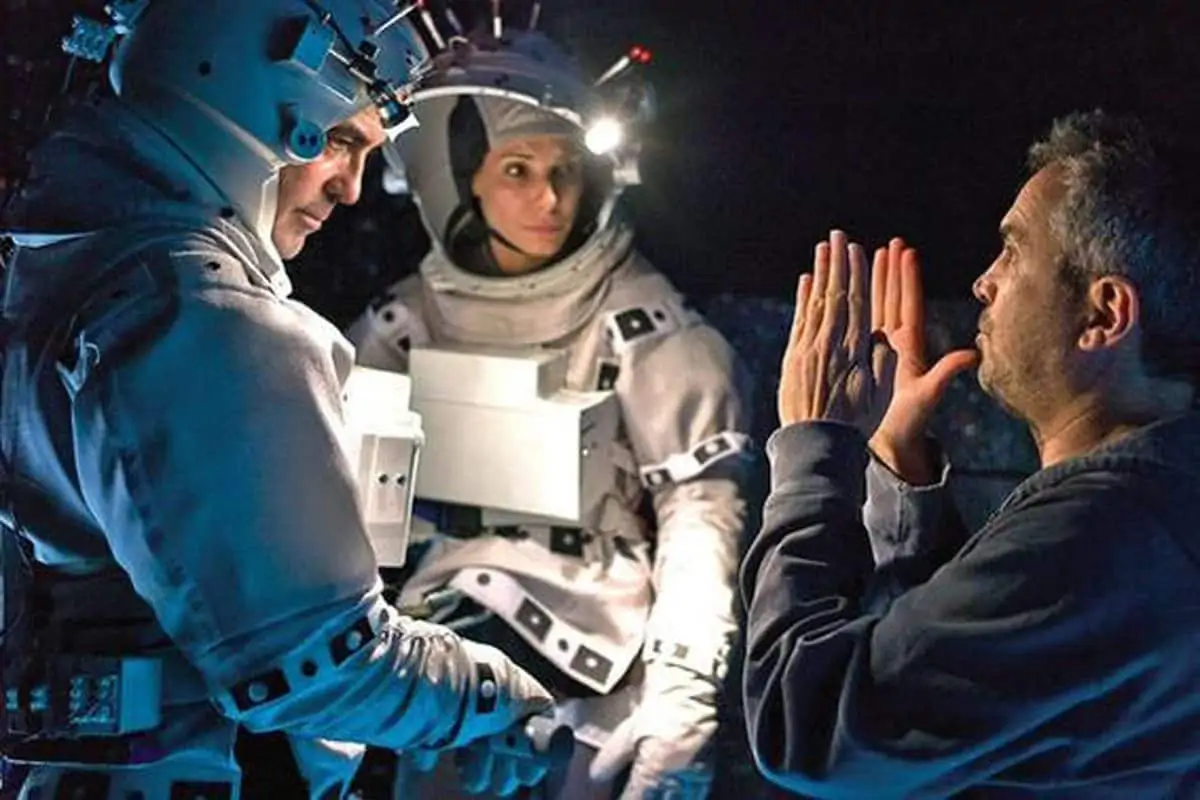
Freemantle describes some of the 3D imagery as "very delicate"; a notable scene is Stone's teardrop drifting towards the camera (and the audience) as she cries at the realisation she is alone and very possibly going to die.
"We were in contact with [visual effects supervisor] Tim Webber because the images and the sound had to be sympathetic to each other," he explains.
As much as the 3D grabs the audience by its optical nerve endings, the sound – both effects and music – is more than a match for it. Glenn Freemantle concludes that Gravity and Atmos have got people thinking about sound. In an often visually-obsessed world, that is a good thing.
